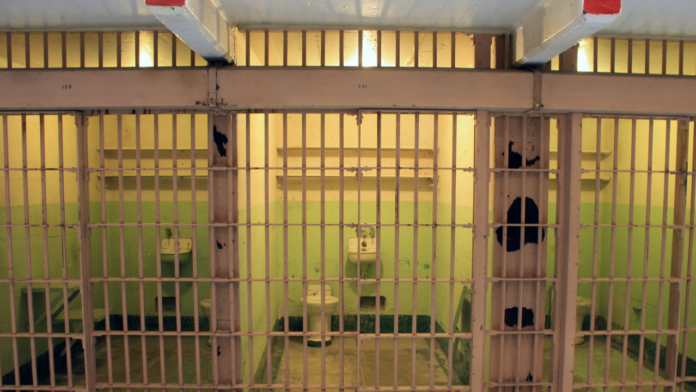MINNESOTA- A recent report indicates that Minnesota is on the higher end of states when it comes to spending on healthcare for prisoners.
The report done by the Pew Research Institute, with information provided by the Minnesota Department of Corrections shows that Minnesota is within the top ten of states spending per capita on prisoner healthcare. Minnesota came out spending $8,158 per prisoner in 2015 (last available data), which is a 10 percent increase from 2010, when Minnesota was spending $7,415 per prisoner.
These spending amounts put Minnesota well ahead of its neighbors with the only state in the Midwest showing similar amounts of spending being Michigan, only slightly higher at $8,287.
The report includes possible reasons as to why Minnesota sees higher healthcare cost for prisoners. Primarily, Minnesota provides a greater amount of continuing care after prisoners are released. For example, unlike Iowa and Wisconsin, Minnesota has followed expanded healthcare coverage for prisoners under the Affordable Care Act (ACA) and provided prisoners with Medicaid cards on their release (Iowa only did the former, and Wisconsin only did the latter).
Another reason Minnesota may have a higher amount of spending is the amount of healthcare staff dedicated to the correctional system compared to surrounding states. In terms of hours worked (FTE) for healthcare staff per 1,000 inmates, Minnesota staff spend the fifth most amount time out of any state.
The high cost of pharmaceuticals is also playing a role in the high costs. The Star Tribune reported in February that Minnesota was seeing a high cost of almost $5 million dollars for pharmaceuticals.
An interview conducted by the Star Tribune with the Spokeswoman for the Department of Corrections, Sarah Fitzgerald, indicated that it was medication meant for “treating cancer, HIV, and diabetes,” that racked up the highest amounts. This was in line with the findings of the Pew Research report, which showed that Minnesota must treat a prison population that requires many recurring forms of treatment, which would include drug regimens for cancer, HIV and diabetes.
Minnesota’s correctional system, unsurprisingly has a fairly progressive charge to “contribute to a safer Minnesota” through the reduction of “recidivism” (return to prison). Consequently, for Minnesota, this translates into higher amounts spent on prisoner healthcare.














